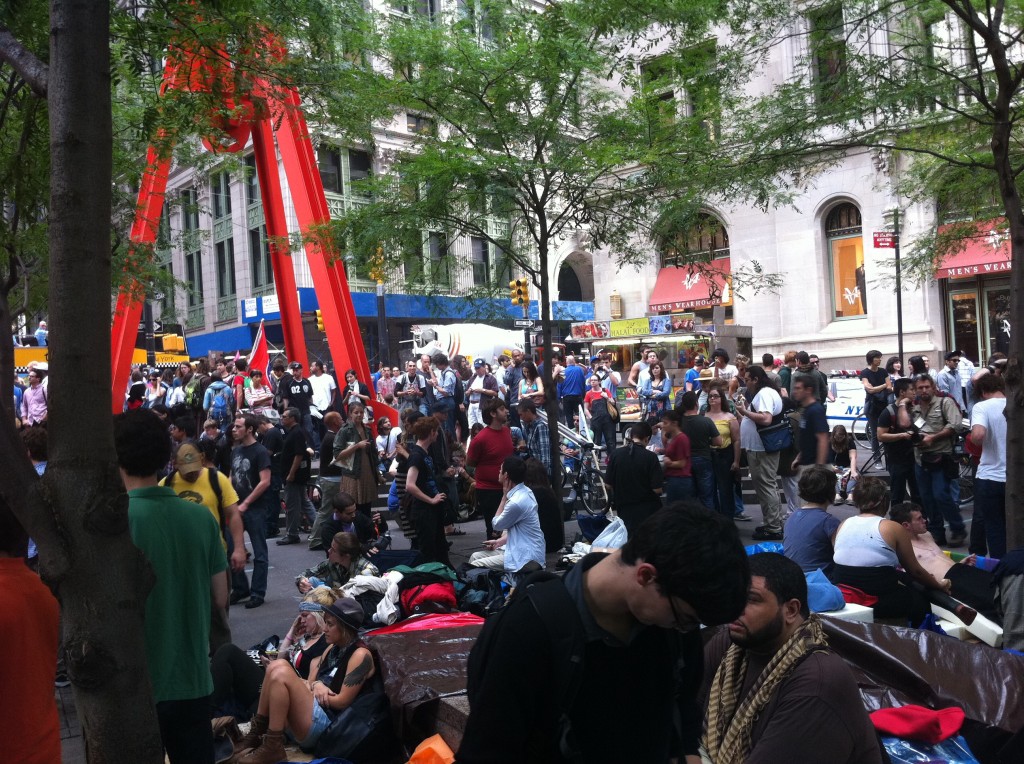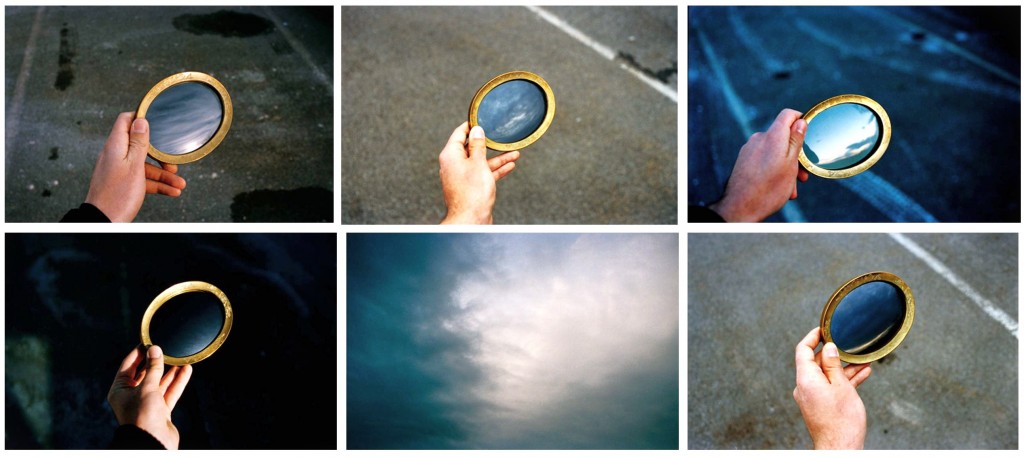
Last week I went down to Zuccotti Park out of an overwhelming desire to be a part of something intensely important. One of my professors compared the occupation of Wall Street to People’s Park in Berkley, California. He also sees strong connections to the ongoing hacktivist activities in Spain. OccupyWallst.org draws their tactics explicitly form the Arab Spring. I have waited so long to write something about my own experiences because, frankly, it almost feels too personal. So, if you’ll indulge me, this post is going to be a little different from the ones I’ve written in the past.
While the major news outlets try desperately to shoehorn OWS into existing frames, smaller outlets have provided excellent commentary and insight. Jenny Davis was the first on this blog to write about the movement’s use of social media. Since her insightful post, social media has proven to be an effective tool in revealing police brutality and even possible entrapment by the NYPD. The various Twitter backchannels have been instrumental in organizing and publicizing the organization – as well as the results- of major protests. Nathan has also done an excellent job of discussing the relationship of online and offline action. And yesterday’s post by Sarah Wanenchak describes exactly my feelings on the confluence of various forms of technology. There truly is no easy way to describe the feeling you get when you hear the people’s mic for the first time. It is a little difficult to master, but a truly powerful tool.
Having participated in more...







